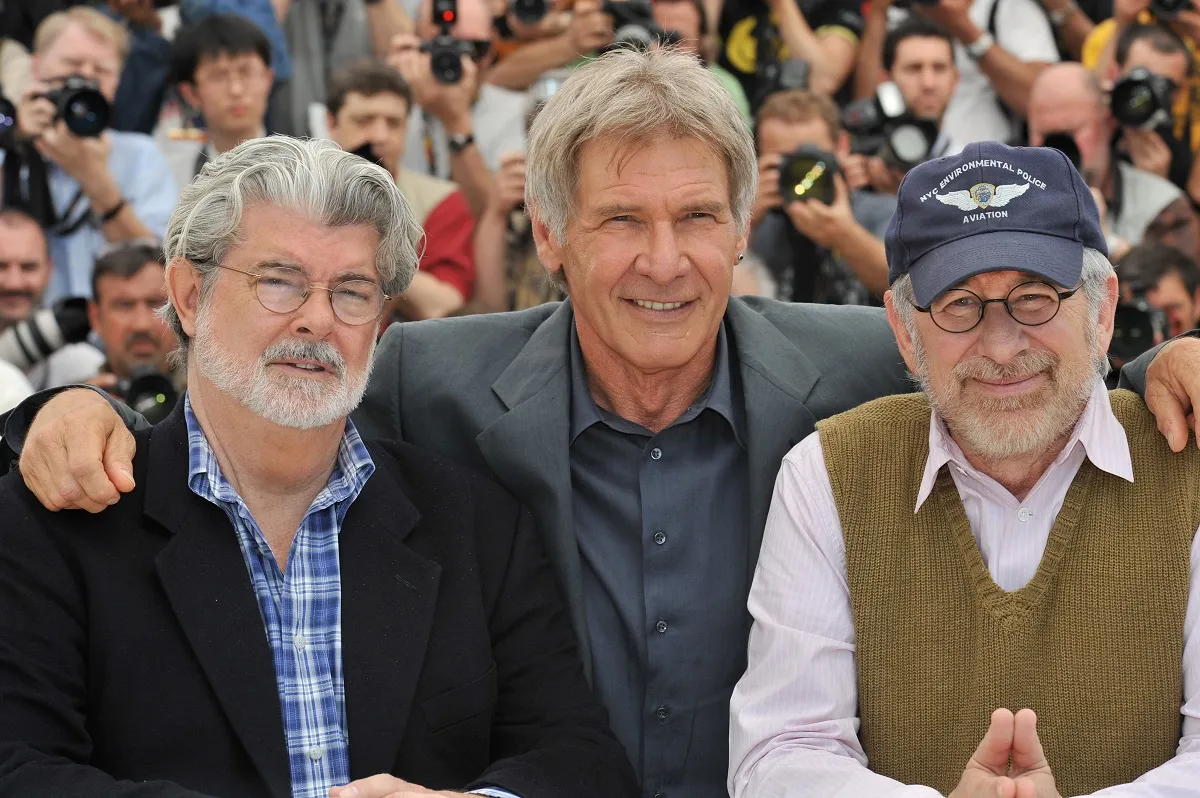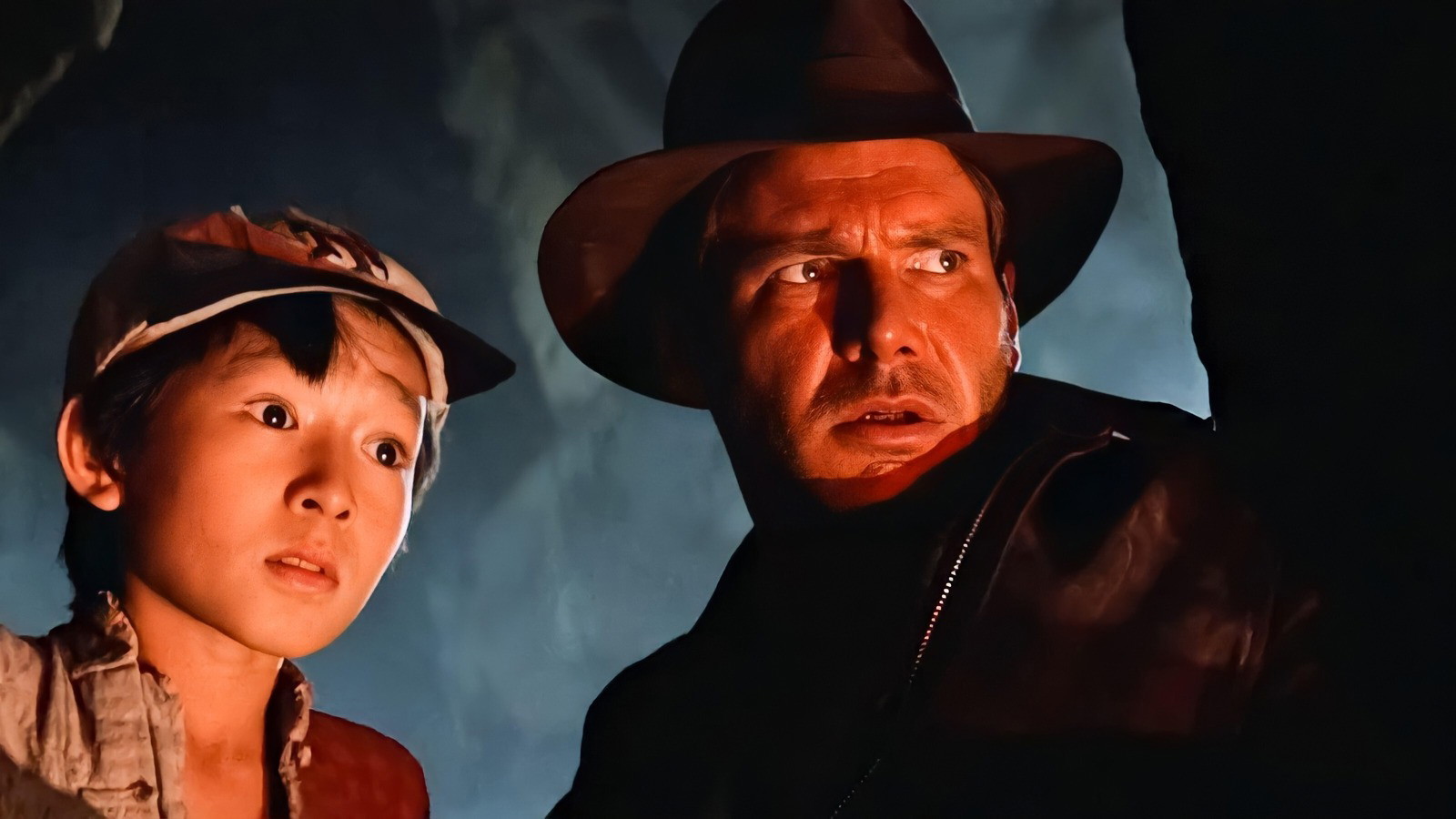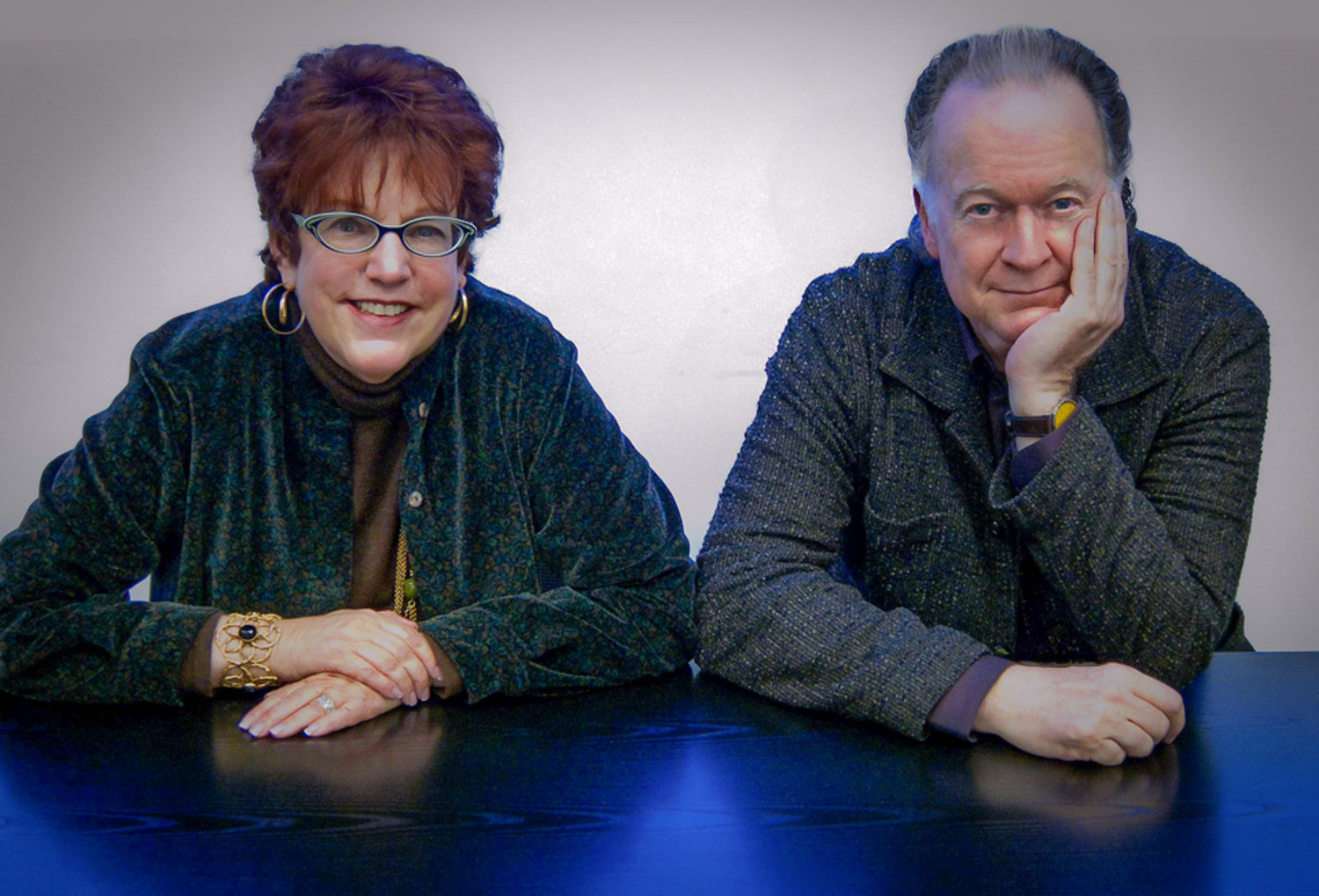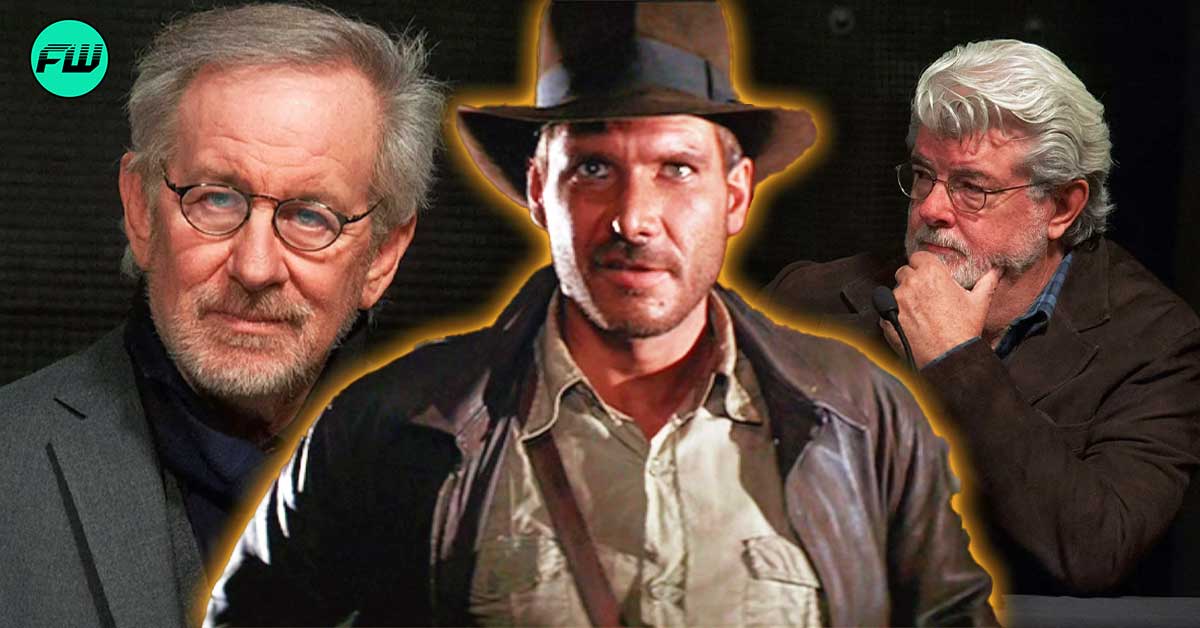Hollywood has produced many masterpieces, including The Fabelmans by Steven Spielberg, Lady Bird by Greta Gerwig, and The 400 Blows by François Truffaut, all of which reflect their creators’ personal experiences. However, sometimes filmmakers create works that are more immediate responses to their own lives.
Such is the enigma behind Indiana Jones and the Temple of Doom, a film that ingeniously camouflages a heart-wrenching breakup narrative within its layers of adventure and darkness.
Steven Spielberg and George Lucas Break Boundaries

Raiders of the Lost Ark emerged as a triumphant masterpiece, capturing the essence of adventure and nostalgia. Its charismatic hero, Indiana Jones, etched himself into the annals of pop culture history.
Suggested Article: “Just tell me”: Spider-Man Star Andrew Garfield Lied To His Ex-Girlfriend Emma Stone About Tom Holland’s $1.9B Movie Even After She Kept Asking
After the success of the first Indiana Jones movie, the sequel, Indiana Jones and the Temple of Doom, was released. However, it took a darker turn, exploring themes of cultism, child enslavement, and graphic violence that were unexpected and different from the previous movie’s lighthearted tone.
This change in direction confused and surprised both audiences and critics, as it pushed the limits of its PG rating. Behind this cinematic curtain of mystique lay a profoundly personal narrative—a story of two maestros grappling with their heartbreaks.

George Lucas and Steven Spielberg, who forged the Indiana Jones legacy, were navigating through their respective breakups.
“He talked a lot about how people who are depressed normally, suddenly, when a critical situation happens they become the rational ones while rational people panic. This is a portrayal of how depressed people know that the world is going down, so they react much more rationally when it happens.”
The hallmark of the Temple of Doom was its unapologetic plunge into the abyss of darkness. Scenes that featured child slavery, ritualistic violence, and perilous encounters tested the limits of the cinematic experience.
Steven Spielberg’s Dark Direction Revealed

Apart from the thrilling and engaging elements, the movie also delved into the emotional battles faced by George Lucas and Steven Spielberg. It provided a platform for them to express their inner conflicts through dramatizing scenes of immense challenge.
Intriguingly, the scriptwriting duo Willard Huyck and Gloria Katz were taken aback by Steven Spielberg’s unwavering commitment to infusing authenticity into the portrayal of child slavery.
“Steven took those scenes very, very seriously. The kids were being whipped. It was very, very dark. Which was great – but, I mean, we were a little surprised by how seriously he took them.”
The film’s departure from the jovial, swashbuckling Indiana Jones of yore was stark. In Temple of Doom, the beloved hero’s demeanor was imbued with an unexpected undercurrent of darkness. In one of the most striking departures, Indiana Jones slapped his young sidekick, Short Round, a moment that jarred the audience and underscored the film’s somber tone.
This portrayal of aggression was a departure from the character’s usual charm, revealing a facet of Indiana Jones that was both human and deeply affected by the emotional tempest of his creators. Moreover, the character of Willie Scott, played by Kate Capshaw, raised eyebrows for its contrast to the franchise’s tradition of strong, independent women.
Source: Grant Land


